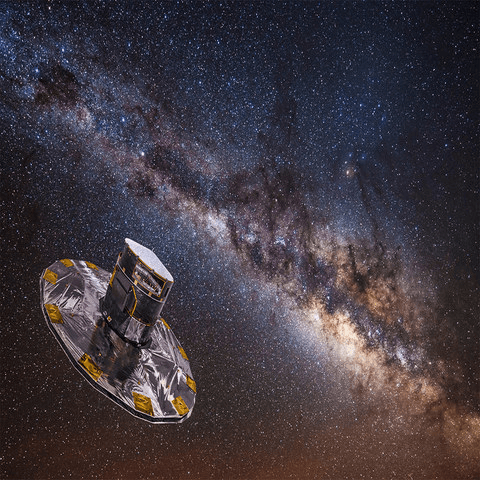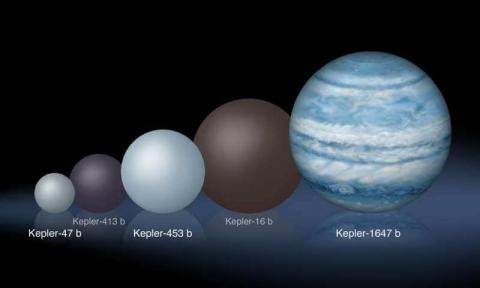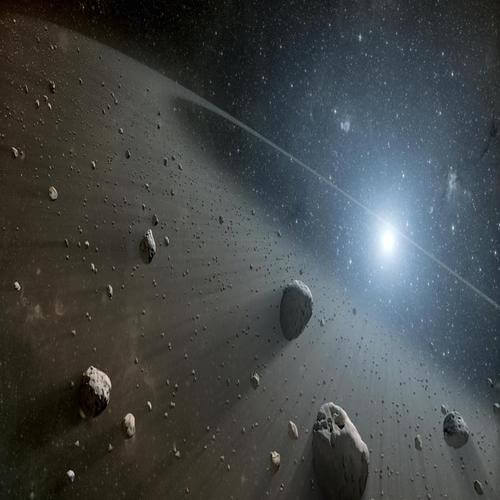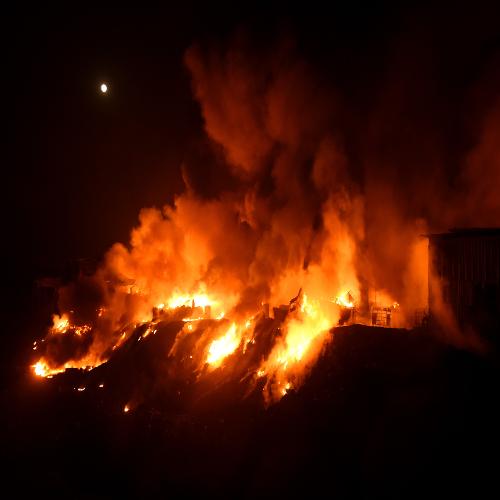Britain Telescope Outlines Billion Stars

Britain Telescope Outlines Billion Stars
Shivam Sharma
The spacecraft was launched in December 2013 and is positioned around 1.5 million kilometers from Earth. Gaia has 2 telescopes linked to a 1-billion-pixel resolution camera. A space telescope built in Britain has enabled scientists to create the highest-ever resolution map of the night sky. Gaia has scanned the brightness and position of more than one billion stars and other celestial objects and has plotted the distance and movement of about 2 million stars. The scale of the European Space Agency project is already extraordinary. Scientists hope that by next year they will be able to track the positions of stars back through time. That should give them clues to the origins and evolution of the Milky Way.
The camera of telescope has a sensor that was manufactured by e2v Technologies in Chelmsford, Massachusetts and the spacecraft assembled by Airbus Defence and Space in Stevenage. Its instruments are so accurate they could measure the thickness of a human hair from a distance of about 1,000km. Gaia is proving so reliable and resilient to cosmic radiation that it is able to detect much fainter stars than expected - and the original five mission is being extended to 10.
It's hoped that Gaia will eventually map 1.6 billion stars, a little more than 1% of our galaxy. By comparison, around six to seven thousand stars are visible with the naked eye from Earth. Gaia is also expected to map 70,000 Jupiter-sized planets and tens of thousands of asteroids and comets.



















Comments (0)
Leave a comment